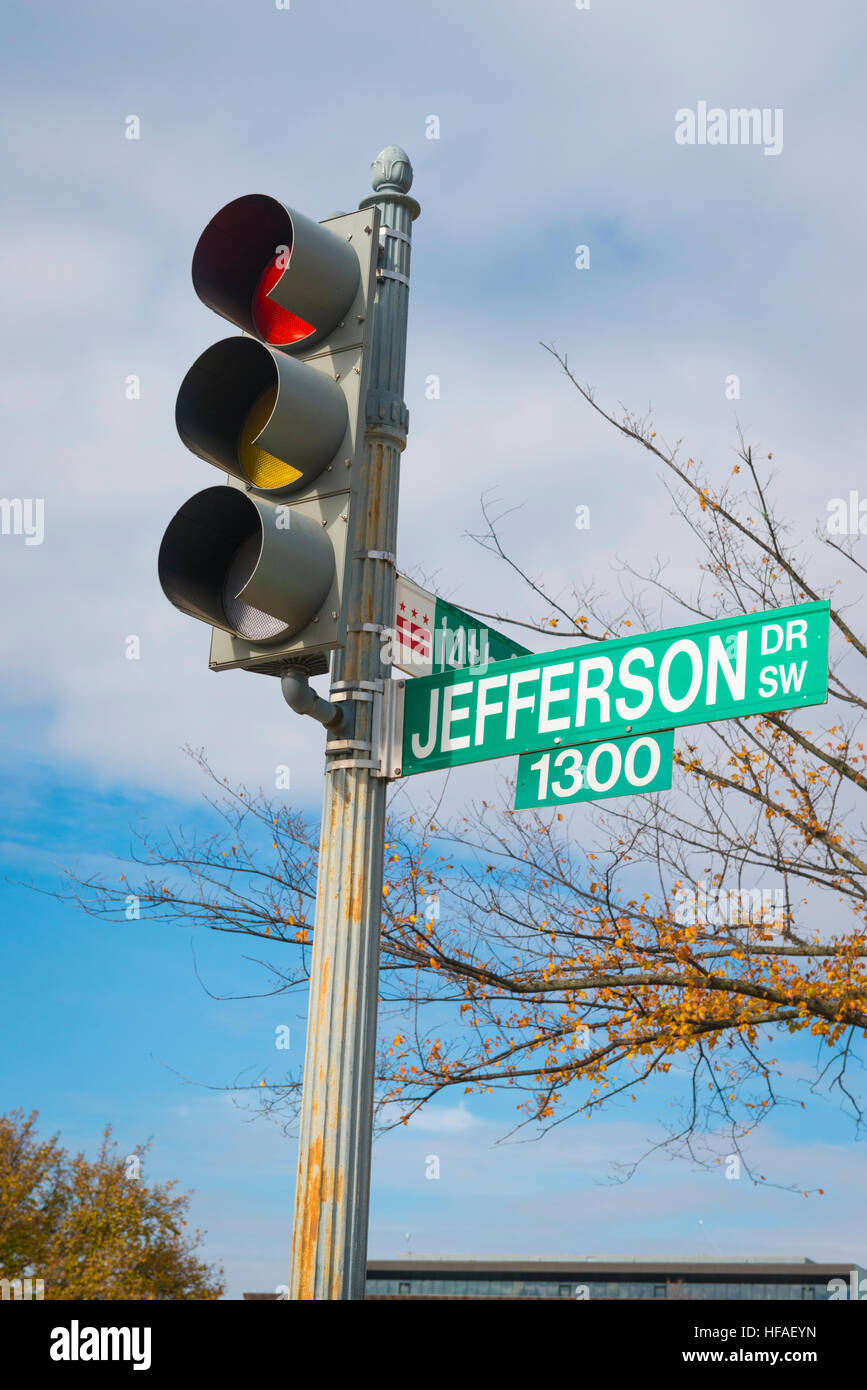

officials was not returned, but last year Lucinda Babers, the director of the city's Department of Motor Vehicles, defended the cameras in response to a WJLA report on the alleged work zone along 295. has no reciprocity agreement with the two states.Ī request for comment to D.C.
#Traffic camera washington dc drivers
2019, the cameras issued 1,310,740 tickets worth hundreds of millions of dollars to D.C.'s treasury - though many Maryland and Virginia drivers regularly skip out on paying their fines, since D.C. (Cameras in Maryland give drivers a 12-mph cushion.)īut opponents led by the local chapter of AAA accuse the city of making the cameras little more than revenue generators that have padded the city's bottom line. Proponents say they are a critical tool in making D.C.'s streets safer for all users and note that the cameras almost always give drivers a 10-mph cushion above the speed limit before a ticket is issued. "Our clients have put themselves out there to be willing to act not only on their own behalf, but they also want to act on behalf of all the other persons who were injured in the same way by getting impermissible double fines," said Lietz.ĭ.C.'s extensive network of traffic cameras - roughly 120 of them, issuing tickets to red-light runners and speeders - have long drawn controversy. He's asking for damages that would be determined after a trial.
#Traffic camera washington dc driver
And Lietz is asking a judge to allow it to move forward as a class action lawsuit, representing almost any driver who got a speeding ticket from the camera since the work zone sign was installed. of unjust enrichment and says the camera violates the Constitution's Eighth Amendment protection against excessive fines and 14th Amendment protection of due process. The work-zone sign was added last May, and as WTOP reported late last year, that led to a dramatic jump in the number of speeding tickets issued - from 9,438 in May to 22,889 in June. And he adds that there are even questions as to whether work ever occurred at the site. law requires multiple signs to indicate there is a work zone along a roadway. "If you really wanted people to know to slow down because there was an actual work zone, you would get lights up around the work zone, and you'd have more signs and cones and barrels and all of the things that we would normally think would be attendant with a well and properly marked work zone. "This tends to indicate that this speed camera is all about revenue generation, and isn't at all about public safety," says David Lietz, one of the attorneys representing the Matthews. Much the same happened to Reginald Matthews that same month. That means the $100 ticket she otherwise would have gotten for speeding more than 10 mph above the posted speed limit doubled to $200. But along the stretch where the camera is placed, a small sign declared it a work zone, dropping the speed limit to 40 mph. According to the lawsuit, Teresa Matthews was driving 52 mph along 295 last November, just over the 50-mph speed limit. The camera is located in the southbound lanes just off of Pennsylvania Avenue SE. by doubling the civil fines for a work zone that does not exist or that is improperly marked," according to a class action lawsuit in the U.S. has unlawfully and unconstitutionally used a single speed camera in a 40-mph zone on Interstate 295 to "raise millions of dollars of revenue.

Husband and wife Teresa and Reginald Matthews allege that D.C. Plenty of drivers have complained about getting speeding tickets in D.C., but two are taking it a step further: they're suing. There are more than 120 traffic cameras in D.C., which issue more than 1 million tickets a year for red-light running and speeding.


 0 kommentar(er)
0 kommentar(er)
